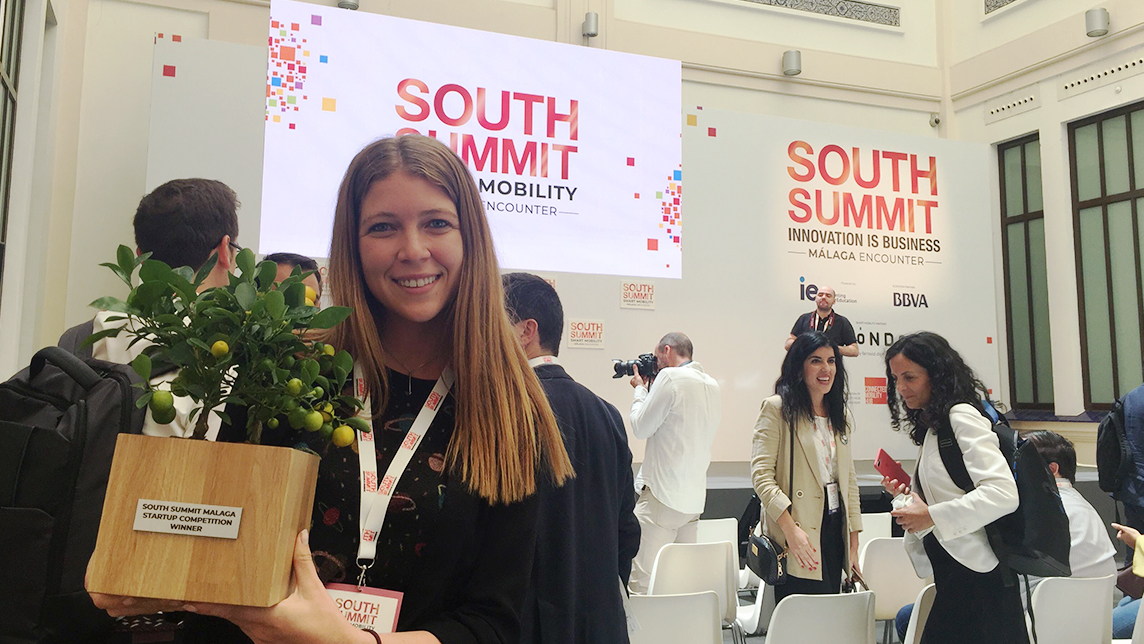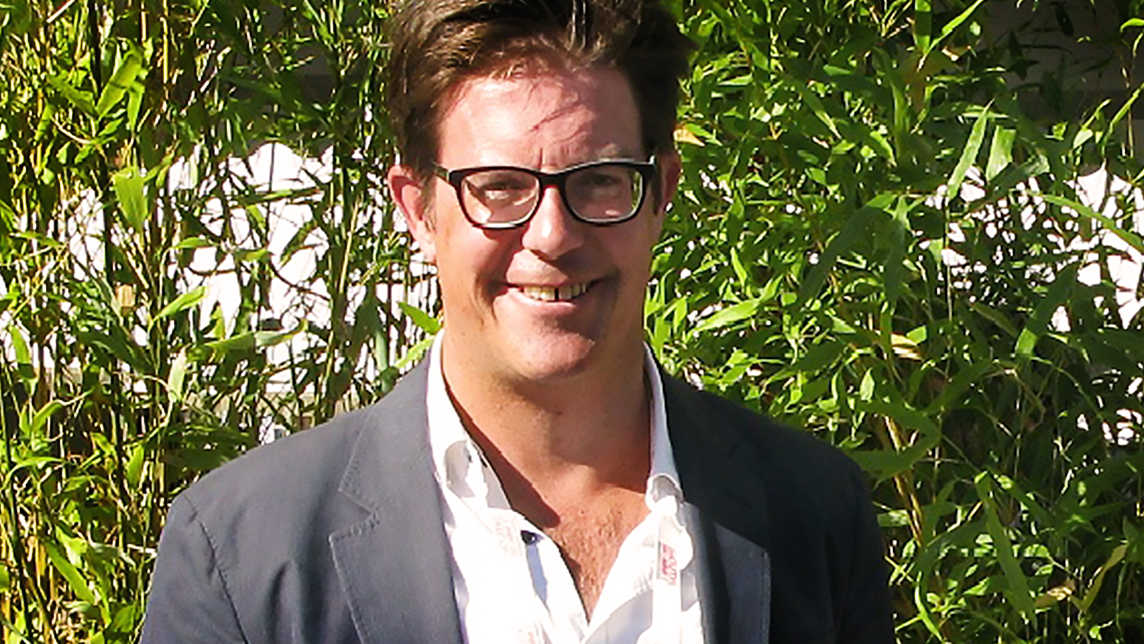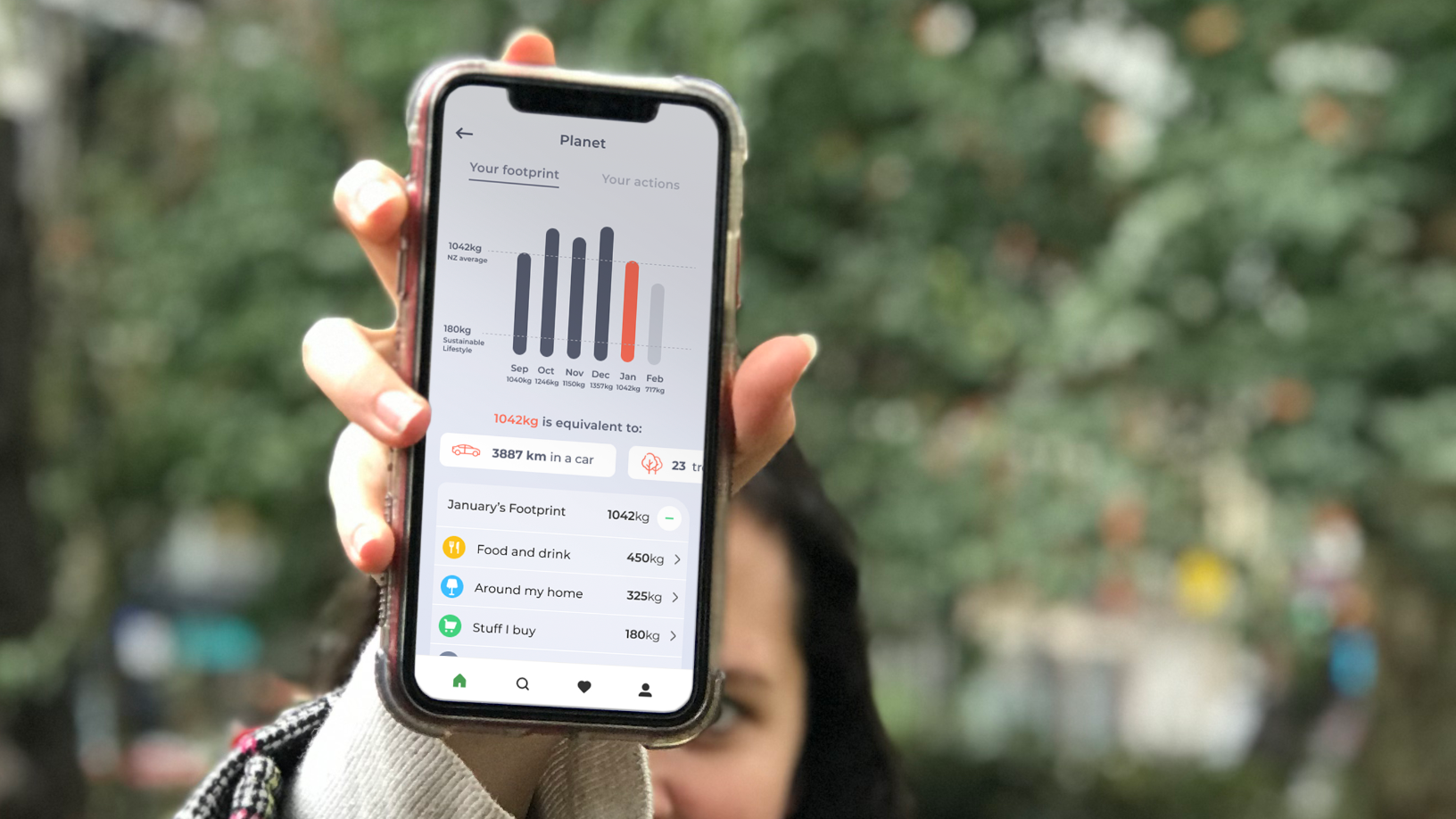HOOP Carpool was founded a year and a half ago in Madrid by a group of four recent college graduates. Its mobile ride-sharing app allows drivers to upload their routes and find passengers willing to share daily journeys between home and workplaces, schools or universities.
The app promotes more efficient and sustainable transport within the city, optimizing parking availability and contributing to reduced CO2 emissions. The passenger pays €0.10 per km, transferred to the drivers’ bank account through secure in-app payments.
HOOP Carpool recently won the first stage of the South Summit startup competition (Smart Mobility Encounters) in Malaga, being selected as one of the 10 finalist startups. This selection grants direct access to the South Summit final held in Madrid in October, where the overall winner will get access to funding and the opportunity to connect with investors and corporations in the innovative mobility ecosystem.
HOOP Carpool is also looking to build partnerships with corporations committed to reducing their environmental impact in compliance with the Sustainable Development Goals (SDGs) promoted by the European Union. Companies that join HOOP’s app get access to a personalized dashboard on which they can monitor their environmental footprint and CO2 reductions.
In Malaga, CompassList interviewed HOOP's CEO and co-founder Nathan Lehoucq and co-founder and Business Development Director Andrea García Torrijos.
This interview was translated from Spanish and edited for length and clarity.
Q: Who’s behind HOOP’s founding team? How was it formed?
Andrea García Torrijos: We are a team of four, all under 27 years old. Nathan Lehoucq is our French-Colombian CEO, an ADE Marketing graduate with previous experience in digital marketing. Our CTO, Carlos Alonso Aguilar, is a telecommunications engineer who was invited to join the Summer Executive Program of MIT. He holds a masters in International Leadership and so has a strategic and technological background. Paloma Martín Benito is our COO and is responsible for our operations and client relations. Paloma previously worked as key account manager at Philips and only recently joined our team full time.
As for me, I’m responsible for investor relations and also for bringing new clients onboard, especially corporations and universities. Three of us were working on very similar projects and we were at a very early stage of project development. We were connected through friends and we agreed to join forces in one unique project.
What inspired you to create HOOP?
AGT: I think bad road traffic is a problem we are all familiar with. I live in an area outside Madrid and I was stuck in traffic jams when I started to going school. I started asking myself questions. I didn’t understand how congestion could be managed so badly. This was our starting point. We aimed to solve a real problem by bringing more efficiency and optimized mobility within and between cities.
How did you initially finance the project? Are you looking to open a new funding round in the near term?
AGT: We’ve passed through three acceleration programs. We started in Conector, and then followed La Nave, a project we will finalize in May. There is also Explorer, Santander’s accelerator. At the beginning we bootstrapped with initial capital of €20,000. We raised our first funding when we won a startup competition focused on sustainability and promoted by Epsilon Ecología, an association backing projects with environmental goals.
Nathan Lehoucq: At the moment, we are not looking to raise new funding but we will definitely open a new round between seed and Series A at the beginning of next year.
Which clients are you targeting?
AGT:SMEs and MNCs with a large number of employees. That’s where we find opportunities to build a significant user base. We also target universities, scientific parks and research centers. We will definitely consider covering B2C segments in the future.
NL: B2C is highly attractive but first we need to build and consistently grow our user base. This is crucial to offer efficient B2C services.
At which stage of growth are you now, and what is your expansion plan?
AGT:We are currently running a three-month pilot with a big company (we can’t disclose which) with over 3,000 employees. We want to run this project properly, gather metrics and push the number of active users on the app. Once we’ve finalized this phase, we want to continue working with the same company and scale the project to a national level by working with the company’s offices across Spain. Our aim is to reach approximately 18,000 people.
At the same time we are closing agreements with companies based in Las Tablas,a business area where there is a large number of employees of companies such as BBVA, Philips and Ferrovial. We would like to group them together under the same pilot. The bigger the user base, the better route matching we get.
We are also looking to launch partnerships with universities this coming September, when courses begin. Our long-term objective is to have full national coverage by next year and, three years from now, to expand internationally.
What is your business model and when will you be starting to monetize?
AGT:We apply a 10% commission fee in the transaction between passengers and drivers. We offer a three-month free trial period to companies, after which, if they are interested, we charge them a small monthly fee that grants them access to customized sustainability reports estimating their CO2 reductions. Our algorithm has the capability to calculate the environmental impact quite precisely as we track users by their vehicle license plates to estimate CO2 emission levels. We will start monetizing in June, as we have almost completed the platform that enables payments.
What is your objective for this year in terms of growth?
AGT:We are looking to close the year with 30 companies onboard. Our vision is to create a community in which everyone is involved and is part of a much bigger plan, which is the sustainability of modern transportation.
What are the biggest struggles you've faced so far?
AGT: Entrepreneurship is challenging. You don’t realize it until you live it. Also, I think it can be quite difficult to establish a great team. It was easy in our case and we’ve been very lucky. Another difficulty is dealing with client bureaucracy and their internal processes, which can be pretty slow and complex. It was more difficult than we expected and it took us over five months to sign our first pilot.
What is the most important thing you have learned so far during this entrepreneurial journey?
NL:Persistence, and to surround yourself with talented people.
AGT: Keep moving and talk to people.











